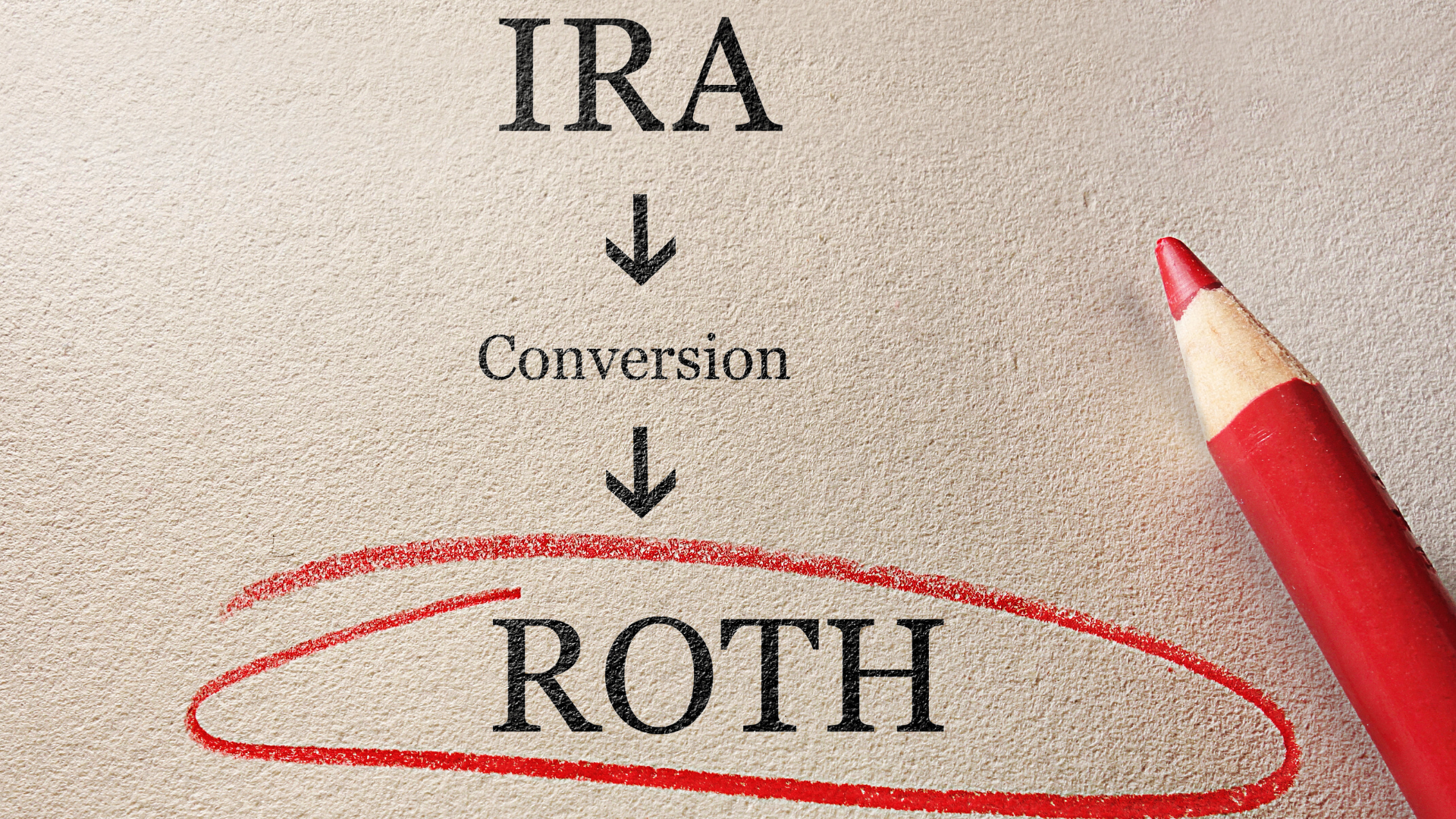Roth conversions, a process where you change a Traditional Individual Retirement Account (IRA) or 401(k) into a Roth IRA, is a retirement planning strategy that can offer significant tax advantages. However, this decision isn’t for everyone, and it’s important to consider several factors before proceeding. Understanding these factors can help you make an informed decision based on your financial situation, tax bracket, and retirement goals.
The Basics of Roth Conversions
In a Roth conversion, pre-tax dollars in a Traditional IRA or 401(k) are converted into post-tax dollars in a Roth IRA. The conversion triggers a taxable event; you’ll owe income taxes on the amount converted, but any subsequent qualified withdrawals in retirement are tax-free. This benefit makes the Roth IRA a powerful tool for tax-free growth and retirement income.
Key Factors to Consider
1. Current and Future Tax Rates
A crucial consideration in the decision to convert is your current tax rate versus what you anticipate it will be in retirement. If you believe your tax rate will be higher in retirement, a Roth conversion can be a good decision. You pay taxes now at the lower rate and enjoy tax-free withdrawals later.
For instance, let’s say John, a 45-year-old, is currently in the 24% tax bracket and expects to be in the 32% bracket in retirement due to other income sources. If John converts $100,000 from his Traditional IRA to a Roth IRA now, he’ll pay $24,000 in taxes. However, if he waits until retirement, he would pay $32,000 on the same $100,000 distribution. Thus, John could potentially save $8,000 by converting now.
2. Ability to Pay Conversion Taxes
When you convert to a Roth IRA, you’ll owe taxes on the converted amount. If you can pay these taxes with non-retirement funds, a conversion may be a good choice. Using the funds from the IRA itself to pay the conversion tax may reduce the benefit, as you’re effectively decreasing the amount that will grow tax-free.
3. Time Horizon
The longer your money can grow in a Roth IRA, the more you can potentially benefit from tax-free growth. Younger individuals or those not planning to withdraw from their retirement accounts soon can often benefit most from a Roth conversion.
4. Legacy Planning
Roth IRAs are not subject to Required Minimum Distributions (RMDs) during the owner’s lifetime. This feature makes them an excellent tool for legacy planning, allowing the entire balance to continue growing tax-free for beneficiaries. If leaving a tax-free inheritance is a priority, a Roth conversion might be beneficial.
When Not to Convert
Despite the potential advantages, there are scenarios where a Roth conversion may not make sense:
1. Higher Tax Bracket Now: If you’re currently in a high tax bracket and expect to be in a lower one in retirement, converting to a Roth IRA could mean paying more in taxes than necessary.
2. Near-Term Withdrawals: If you’re planning to withdraw funds in the near term, converting to a Roth IRA may not make sense. A five-year rule applies to Roth conversions, meaning you must wait five years or until age 59½ (whichever comes last) to withdraw the converted amount penalty-free.
3. Medicare Premiums: Increased income from a Roth conversion could temporarily boost your Modified Adjusted Gross Income (MAGI), potentially resulting in higher Medicare Part B premiums.
Conclusion
The decision to execute a Roth conversion depends on several personal factors, and it can be complex. It’s crucial to consider the potential benefits and drawbacks, ideally with the help of a financial advisor. The right strategy for you depends on your current financial situation, future tax rate predictions, retirement timeline, and legacy planning goals.
[1]This article was written by chat.openai.com and was edited for accuracy by Daniel J. Rohr, CPA/PFS, EA, M.S. Tax.
